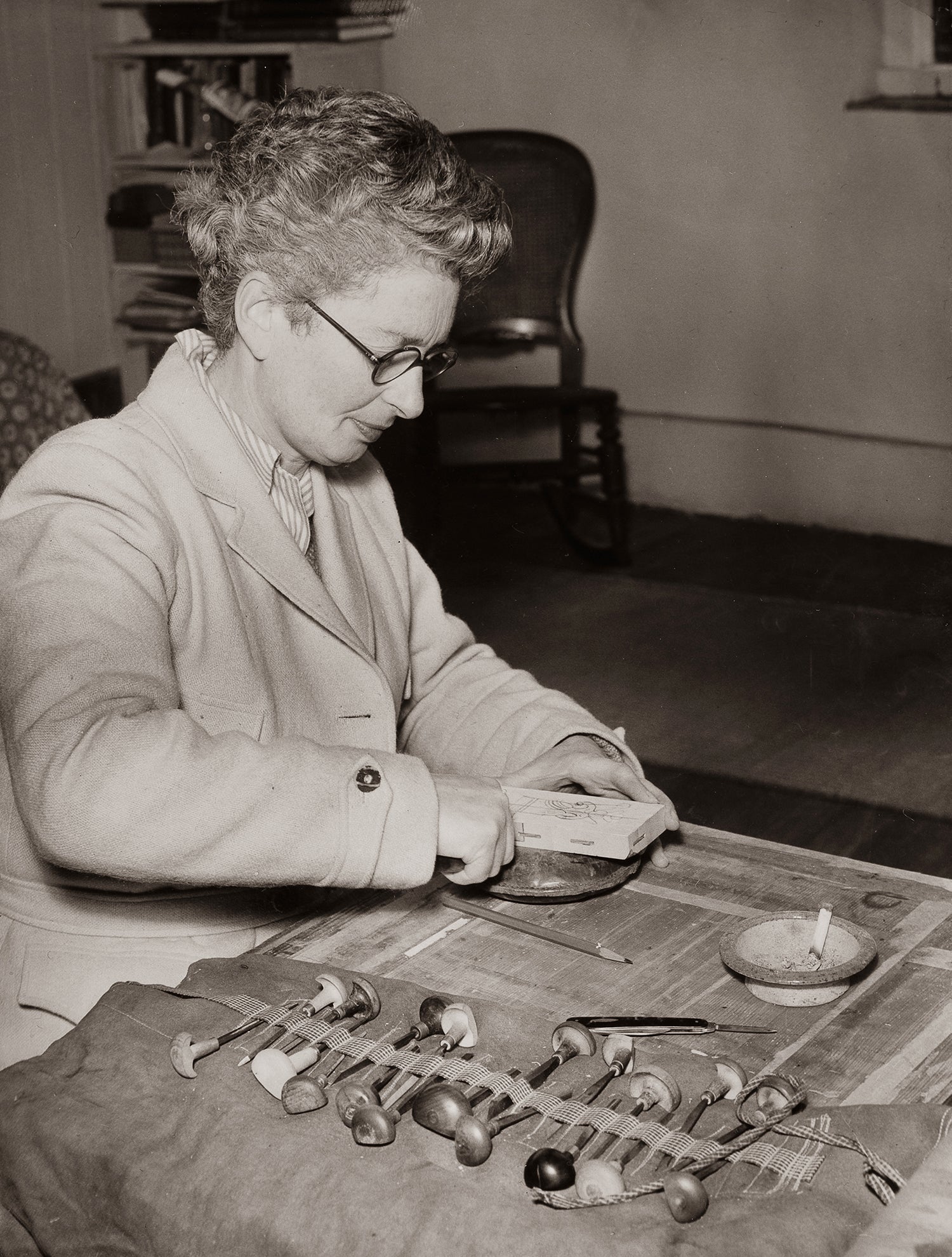Designer behind London Underground seat fabric honoured with blue plaque
The designer was also commissioned to create the 1953 design for the postage stamps which marked the start of the Queen’s reign.

English Heritage has unveiled a blue plaque in honour of the designer behind the London Underground seat fabric.
Enid Marx, who was celebrated for her industrial textile designs, has been commemorated outside her home in Islington, London where she lived and worked for more than 30 years.
Her most notable work includes the 1937 commission for the London Tube seating and the 1953 design for the postage stamps which marked the start of the Queen’s reign.
With the unveiling of this new plaque, Marx will join the likes of Harry Beck, designer of the London Underground map, and artist and fellow textile designer for the London Underground Paul Nash.
Marx’s home at 39 Thornhill Road, Islington contains her purpose-built studio in the back garden, which remains in much the same condition as she left it nearly 25 years ago.
She shared the house with her partner, Margaret Lambert and friends Grace Lambert and Eleanor Bruening, who still lives at the house today.
The designer studied at the Royal College of Art in London where she was part of what Nash described as an “outbreak of talent”.
Marx’s great-niece and coordinator of her estate, Katia Marsh, said: “Enid Marx was well-known as a designer during her long life, almost the whole of the 20th century, although millions of travellers would have sat on her Underground seating fabrics without even knowing her name.
“Others would have licked her coronation stamps, or cheered up their intellectual sitting rooms with her red white and blue jacket design for the 12 volumes of Marcel Proust’s famous novel.”
Art historian and blue plaques panel member, Andrew Graham-Dixon, added: “Enid Marx was a designer of phenomenal talent and her textiles for the London Underground are without doubt among the design classics of the 20th century: I have loved them ever since I was a little boy travelling on the Tube, only learning the name of their creator much later in life.
“I’m absolutely delighted that she is to be honoured with a blue plaque, it’s richly deserved.”
English Heritage has said it is working to address the “historic gender imbalance” in the London blue plaques scheme as only 14% of their more than 950 plaques commemorate women.
The charity has been encouraging people to nominate more notable female figures from the past, like Marx, for a blue roundel.
Bookmark popover
Removed from bookmarks